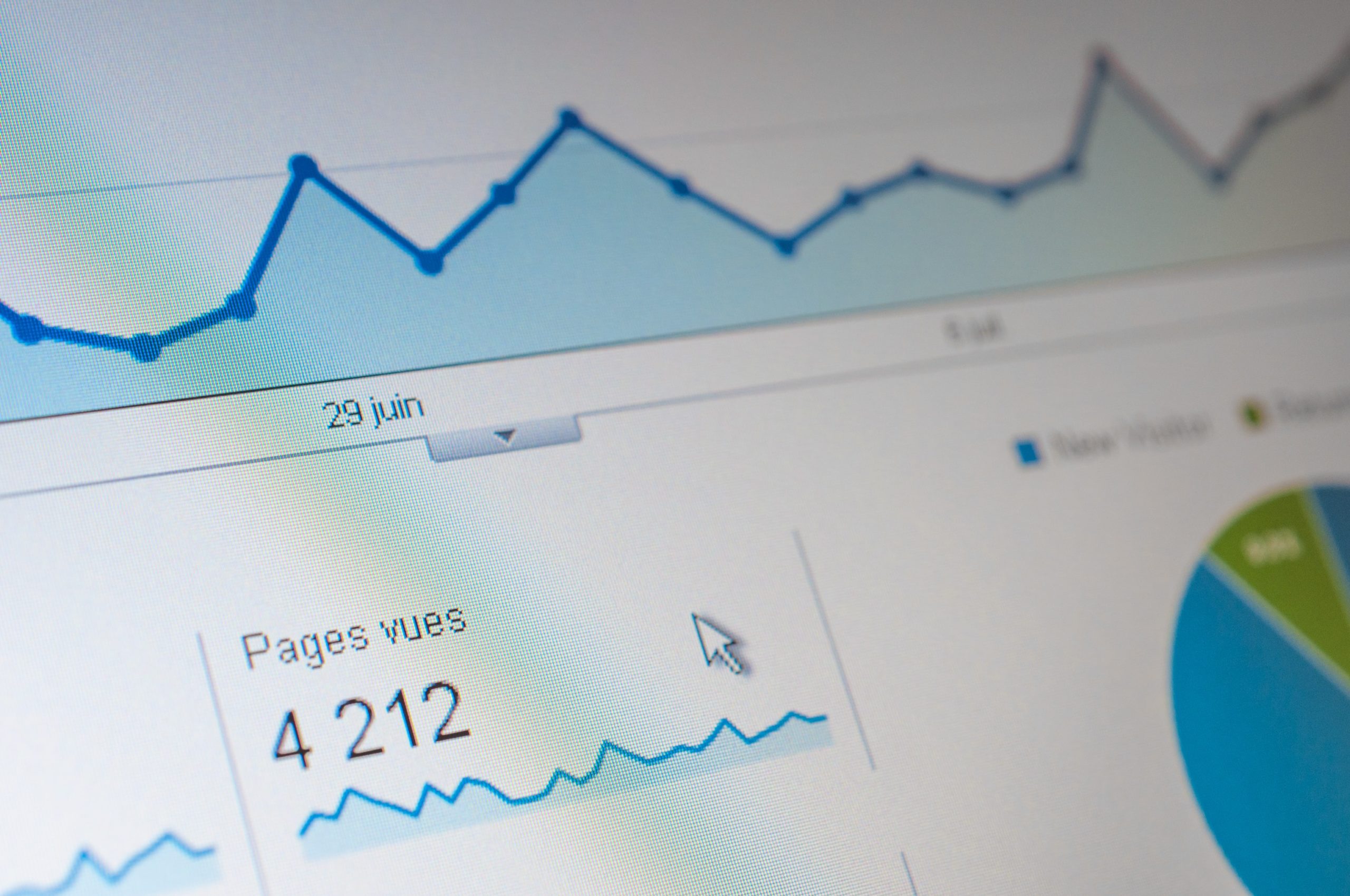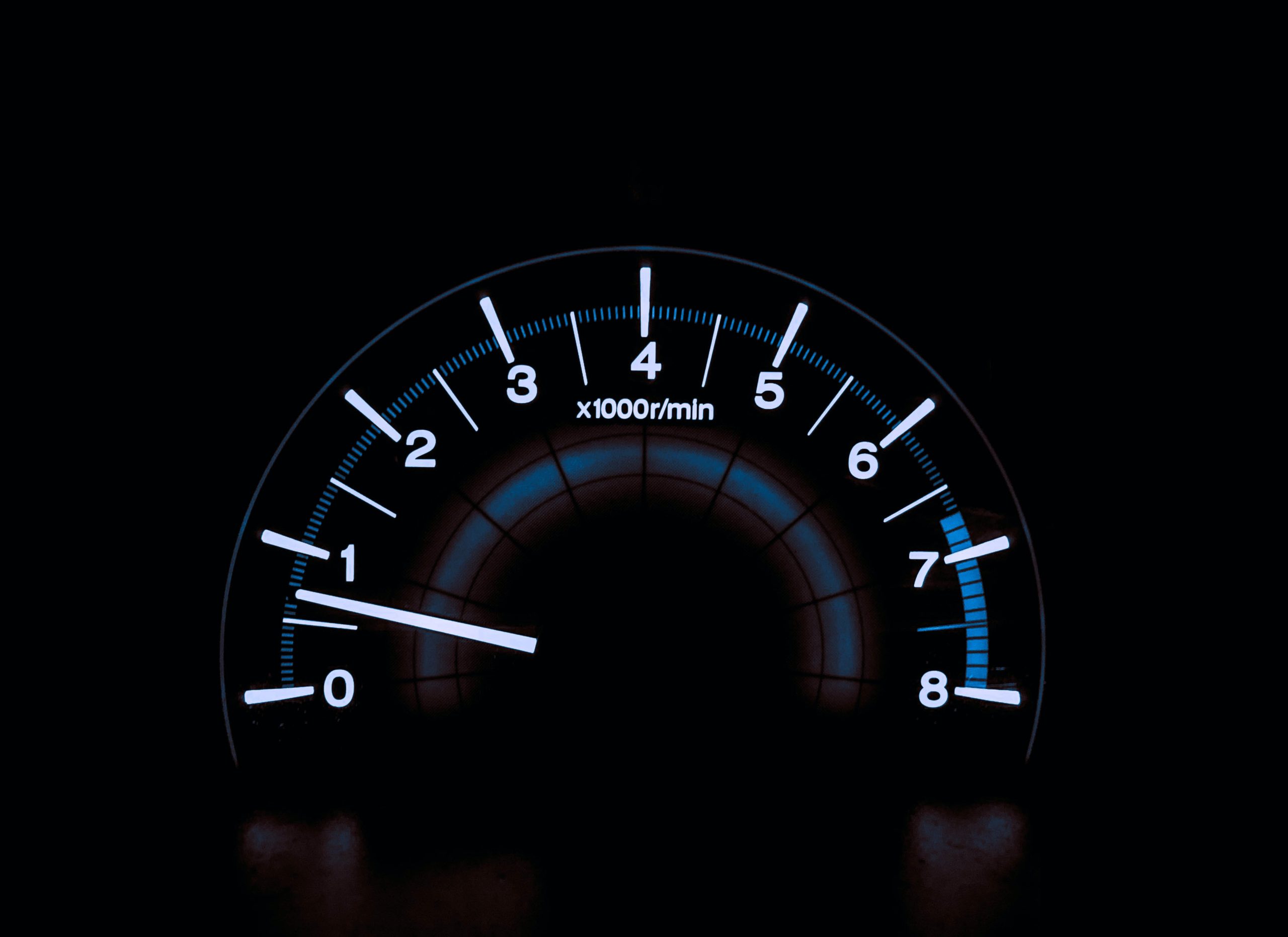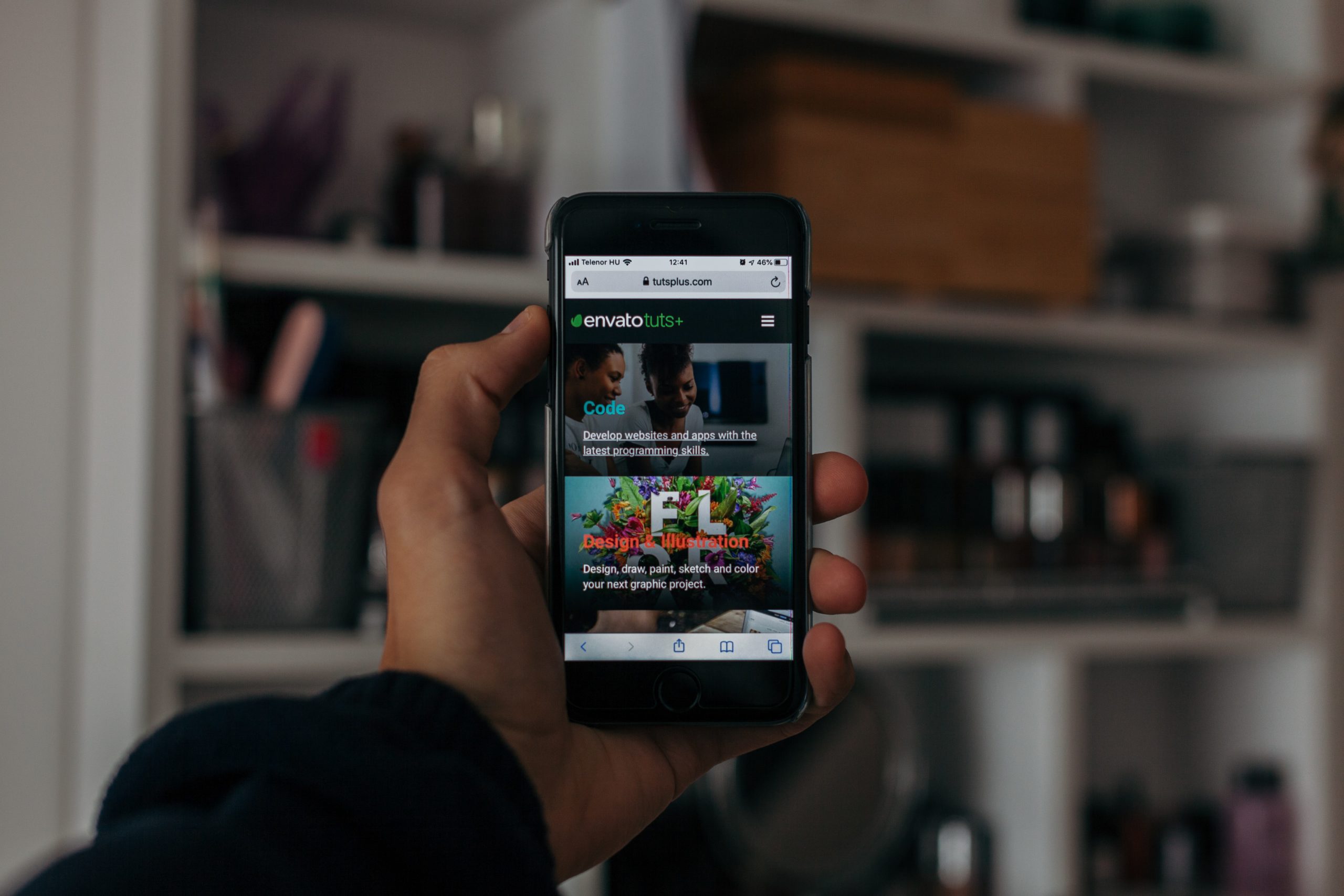

Quick Links
Quick Links
As a business owner, the last thing you want is for people to come to your website site and leave right away. Unfortunately, that is the reality for countless businesses and it can often mean you’ve missed an opportunity to convert a lead into a customer.
If your website has been plagued with a high bounce rate, you’ve come to the right place. In this post, we will teach you everything you need to know about bounce rates and give you some tips on how to reduce yours.

What is Bounce Rate?
Bounce rate is defined as the percentage of visitors of a given website who navigate away from the said site after viewing only one page. This piece of data is calculated by counting the number of single-page visits then dividing it over the total page visits.
So why is this important?
It’s important to give bounce rate enough attention because it is indicative of the quality of the website as well as its content. It’s a good way to measure a site’s “stickiness” because if a website is effective, people won’t just go after seeing one page.
They should be interested enough to continue to explore and learn more about it, don’t you think?
Be that as it may, there’s really no such thing as an ideal bounce rate. This is because there are several things to consider like the type of website, the industry or niche it belongs to or the traffic source among others.
It differs from case-to-case.
Having a high bounce rate isn’t always a bad thing though. While it is considered a “flaw” most of the time, there are also a few exceptions.
A single-page website like a landing page, for example, doesn’t require further action once a user visits them. A high bounce rate may also indicate that a page already has all the information a visitor needs.
Bounce rate may not also be relevant to blogs and news sites for the same reason mentioned above.
The point is, bounce rate is usually not a cause for concern depending on your priorities. If you run a blog and you’re looking for ways to pull it down, SEO is a good place to start.

Reasons for High Bounce Rate
There are dozens of reasons for a high bounce rate and below are some of the more common ones:
- Because the site is slow.
- Because your content is low-quality
- Because the site design is not attractive enough.
- Because the site is not optimized for mobile.
- Because the content you offer is not interesting enough.
- Because visitors can’t find what they’re looking for.
- Because the site’s design is not ‘user-friendly.”
- Because visitors are annoyed by various offers and pop-ups.
Identifying the reason specific to your blog or page will help you determine the tactics you need to implement. As such, below are some of the things you can try.

1. Optimize Your Titles
If you’re looking to reduce your blog’s bounce rate, it’s important to have a clear understanding of your ideal audience. This is crucial because this will determine the type of content you’d want to produce.
Think of it this way. Why would someone spend time navigating your blog if the content you offer doesn’t suit or interest them?
No matter how awesome your content is, your bounce rate will never go down if you’re driving the wrong people to your site. They just wouldn’t care as much, don’t you think?
One simple trick you can do is to optimize all of your titles with your keyword. Do this for all your blog posts and pages so that potential visitors would know what to expect.
If your website has something to do with e-commerce, for example, make sure to insert the word e-commerce in blog posts or pages where applicable.
Instead of saying “How to scale your business,” you can rename that blog post to “How to scale your e-commerce business” instead.
You have to remember that search engines find your blog posts and pages through the keywords you use. By doing this tactic, you can immediately filter out the people who will likely read those posts.
While this may reduce the amount of traffic you’ll get, the point is you’ll be getting traffic that’s high-quality. The more interested a site visitor is with your topic, the more likely they would stay and look for similar content.

2. Improve Your Site’s Speed
Let’s be honest, with the dawn of lightning-quick internet speeds like 4G and 5G, a loading time of more than 5 seconds is simply unacceptable.
So what are they more likely to do if this happens?
They go somewhere else and your bounce rate increases.
Those first few seconds are extremely crucial. You can’t afford to show people a blank screen that continues to load scripts and download content. A few seconds of delay can cost you page views and sales.
There are various ways to speed up your website. Below are some of them:
- Optimize your images
- Switch to a faster hosting provider
- Add better caching
- Use a Content Delivery Network (CDN)
- Enable Compression
It’s important to remember that speeding up your site also improves your SEO because Google considers it as a significant SEO factor. It has a dual purpose if you think about it. All the more reason for you to consider doing it as early as possible.

3. Make Your Website Mobile-Friendly
Do you ever see yourself living without your mobile phone?
I highly doubt that.
It’s going to be pretty difficult for anyone for that matter.
This makes perfect sense especially today when almost everything we do, we do with our mobile device. We use it to order food, shop online, book our flights, and so forth.
Most of us also use it to surf the internet especially when we’re on the go. It’s convenient because we never have to wait to get to our desktop computer to go online.
Whether you’re on the train going to work or having coffee at the nearest Starbucks, going online is just a “swipe” away. That being said, making your website optimized for mobile is essential. And for a good reason.
By making your website mobile-friendly, you’re not only giving your business a chance to compete. You are also allowing your audience to have a very good overall experience, reducing the likelihood of them “bouncing” to another site.
Would you continue to read a blog or navigate a website whose design is not mobile-optimized?
Not only will it give you a hard time moving around the site, but some of its important features may not even appear or work. As mentioned, people online aren’t too patient.
If something doesn’t work in 2 to 3 seconds, chances are they’ll look somewhere else.
The good news is most website-building platforms already come with an option to make your site mobile-responsive. You must enable this option because responsive design is good for SEO.

4. Link Internally When Possible
It is also good practice to link internally when there’s an opportunity to do it. This is because it shows search engines the validity and relevancy of your site’s content.
If a topic you’re discussing in a blog pertains to a previous topic you tackled in another post, link them. If a certain word or subject you used is mentioned in an ebook or a video from your site, link them.
Linking internally is not only good for SEO. It also gives people a reason to stay in your site longer than they should. It’s also a good way of showcasing some of your best blog posts.
This is important because the more people learn about your content, the more you’ll gain their trust.
Internal links make it easy for people to find your other content. They don’t even have to look for it because you’ve already laid the links down for them to click.
Just make sure to set those links to open in another browser so they don’t have to leave the page they’re reading. This is especially useful if the link is external because they won’t count as “bounce”
For good measure and a higher SEO score, try to include more than 5 internal links in your blog posts.

5. Optimize Your Images With Image Alt Text
If you want people to read your blog, it has to contain more than just text. Aesthetics isn’t the only reason to include an image in a blog post though.
While it’s more enticing to read a blog post that comes with an image, a lot of it has to do with SEO. Search engines don’t see blog posts the same way we do which is why image alt text is very important.
Including an image alt text helps improve your SEO score because it tells search engines what the image is about. This allows these images to rank and appear in image search results, giving your posts more visibility.
We all know that when it comes to anything online, more visibility means more opportunities.
Image alt text also benefits those who are vision impaired and using screen readers. It also allows for better user experience by appearing in the image container if the image fails to load.
To take advantage of image alt text, you need to take note of the following:
- Its description should be very specific
- It has to be under 125 characters
- It has to contain your keyword
- Try not to include the words “image of…” in the image description. Go straight to the image description instead.
The visual impact of images on blogs can never be denied. It makes it more interesting and less boring. Would you choose to read a blog without an image over one that has?
You probably won’t because the image is responsible for hooking you in. You have to remember that when it comes to bounce rate, the objective is to keep the user on your page as long as possible.
Adding an image to your blog post gives them a good reason to stay, don’t you think?
Final Thoughts
Bounce rate can be good or bad depending on the purpose of your page or site. If the intention is to capture leads via a landing page, bounce rate is immaterial since people aren’t meant to stay long in such instances.
If you run a blog post, you’d want to keep them there long enough to discover what else you have to offer. The added exposure will help them learn more about your brand and eventually, become your follower.
Employing the SEO tactics above should help you accomplish the goals mentioned. By reducing your bounce rate, you are giving your site more opportunities you can take advantage of.
If you’re still struggling with your blog’s bounce rate, the tips provided should help you pull it down. Extensions like Yoast SEO can help by reminding you which tactics you can use to improve your SEO score.
If you loved what you just read, please do us a favor by sharing this over social media.
